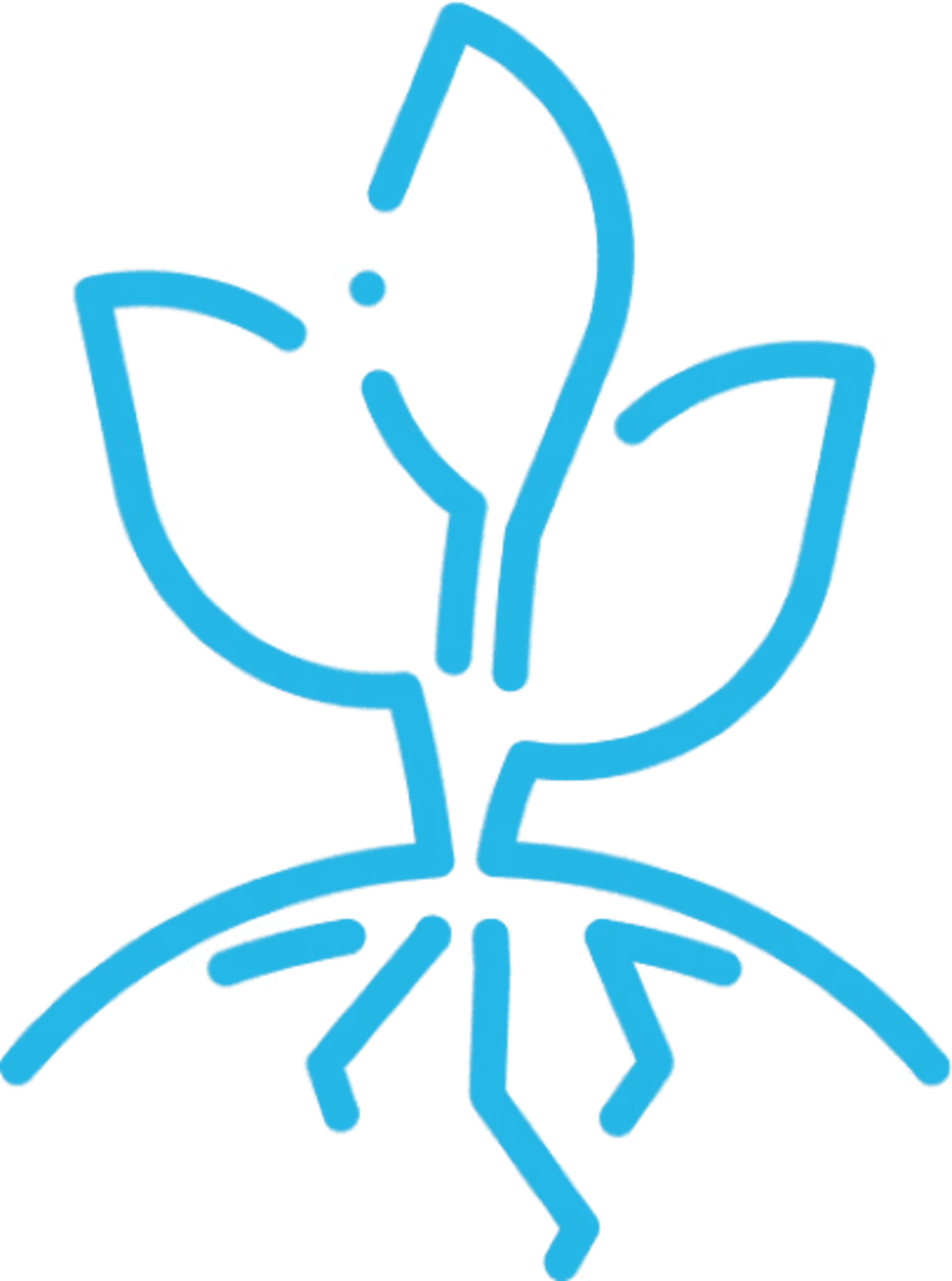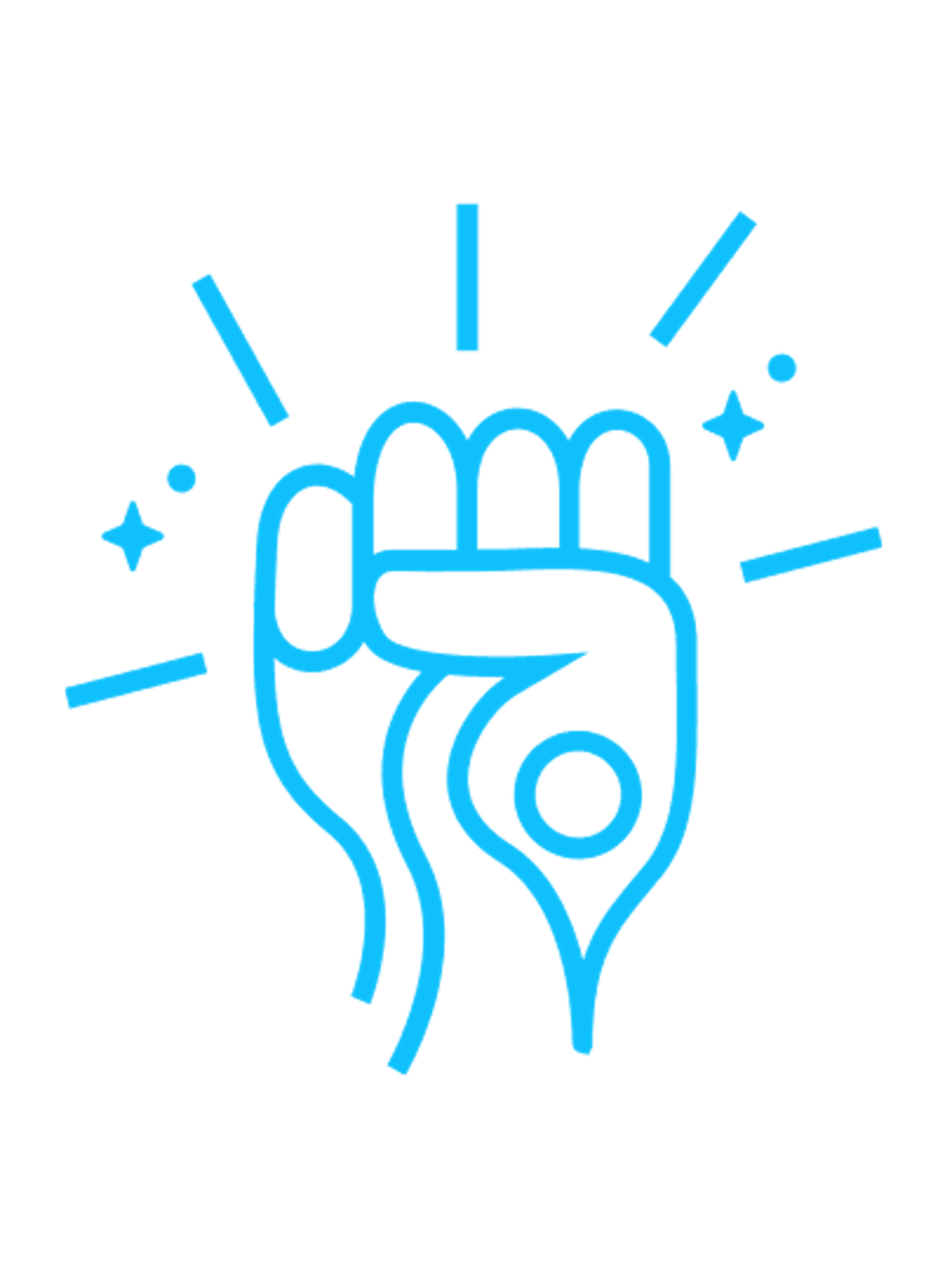Cotton

Overview
Some three quarters of cotton is produced in five countries – China, India, the US, Brazil and Pakistan. Cotton is also important for many communities in Sub-Saharan Africa, where some 15 percent of the global cotton exports originate (OECD-FAO, 2021).
Smallholder farmers are estimated to produce over 70% of the world’s cotton (Solidaridad, 2023). It is estimated that overall, cotton is produced by some 32 million farmers (FAO, 2023). Fairtrade works with smallholder cotton farmers, mainly in India but also in Central Asia and West Africa.
Cotton farming is a first step in many long, complex and opaque textile supply chains, where farmers and farm workers bear high risks while an overwhelming share of value stays in the hands of international companies and brands.
The salient issues in the cotton sector (in the order of saliency):
- Living income & wage
Small-scale cotton farmers typically do not earn a living income. In Africa, the vast majority of cotton producers live in poverty.
- Health
Pesticides are largely applied by hand and pesticide poisoning is common among cotton farmers and farm workers.
- Water & Biodiversity
Cotton is a heat resistant plant grown in many seasonally dry regions. Irrigation is needed throughout the growing season on nearly half of cotton farms, which can burden local water sources.
- Child rights
Child labour is a significant risk in cotton production, particularly in labour-intensive small-scale production.
- Gender equity
Almost every second cotton farmer is a woman, but women face disproportionate barriers in access to land, inputs, services and decision-making (FAO, 2023).
- Forced labour
Bonded labour is a risk in poor cotton production areas. Several cases of state-led forced labour have also been documented in the cotton industry.
- More information on risks in cotton

Root causes
Inequal power relations: Fast fashion and increased seasons are causing a race to the bottom and pushing the prices of textile materials lower. The low and volatile prices that many cotton farmers gain for their crop, curb investments in training and better farming practices.
Climate change: Changing climate is already devastating cotton crops and the farmers who grow them. Rise in temperatures, droughts, floods, limited freshwater, and unpredictable rain patterns threaten the world’s cotton production. For farmers the arising challenges translate to crop losses and higher costs.
Weak Regulation: Small-scale farmers, farm workers and seasonal workers lack legal protection in many cotton producing countries. They are often not included in labour laws or minimum wage regulation.
Background data on cotton (*Global Volume / **Fairtrade Volume)
Largest producer countries*
- China (20.6%)
- India (17.1%)
- US (9.7%)
- Brazil (7.3%)
- Uzbekistan (3.9%)
- Others (32.3%)
Source: 2022, FAOSTAT
Dominant production model*
of all cotton is produced on smallholder farms.
Source: Solidaridad 2022.
Fairtrade certified producer organisations**
Data from 2022. Updated in March 2024.
Fairtrade certifiable production**
metric tonnes in 2022. Updated in March 2024.
Farmers in Fairtrade organisations**
Data from 2022. Updated in March 2024.

Stay updated
Partnering for change
Companies can be part of the solution by identifying and addressing the most serious risks and root causes in collaboration with farmers, workers and other affected people. Sign up to receive updates as we add new information to this Map, or to hear how Fairtrade can support your corporate sustainability due diligence.
Map View